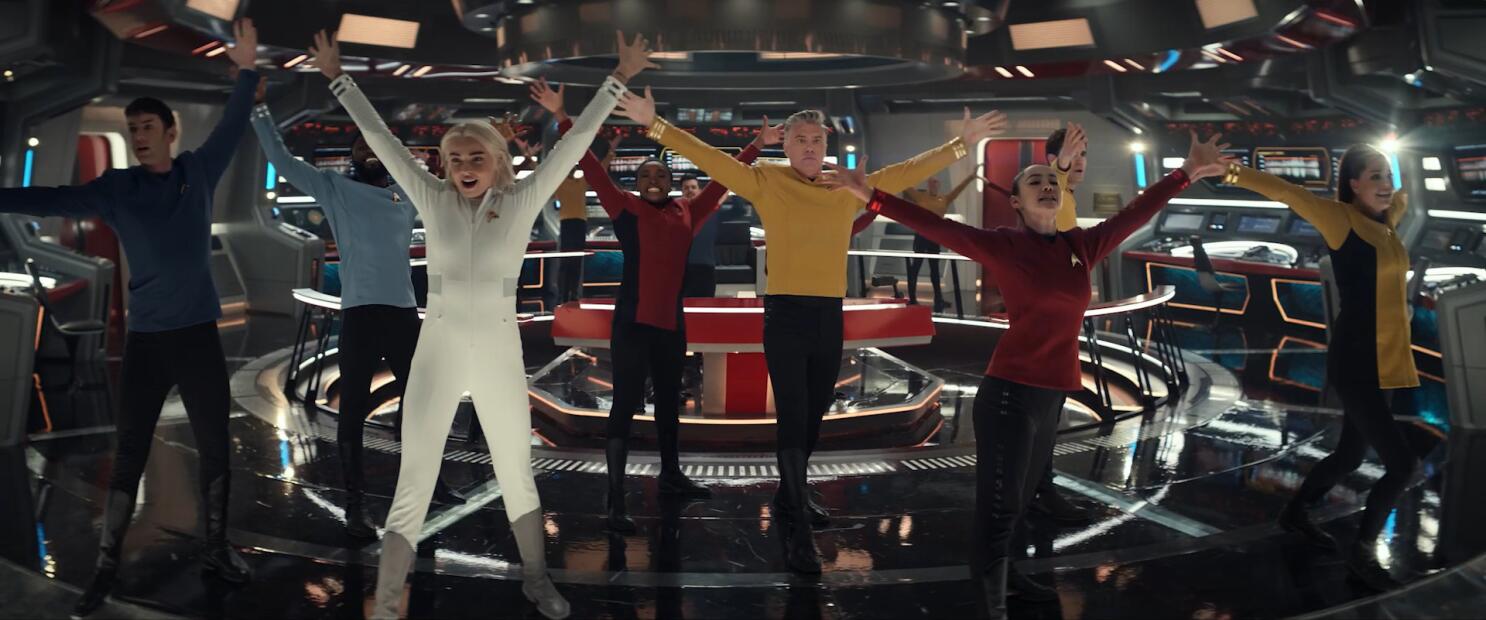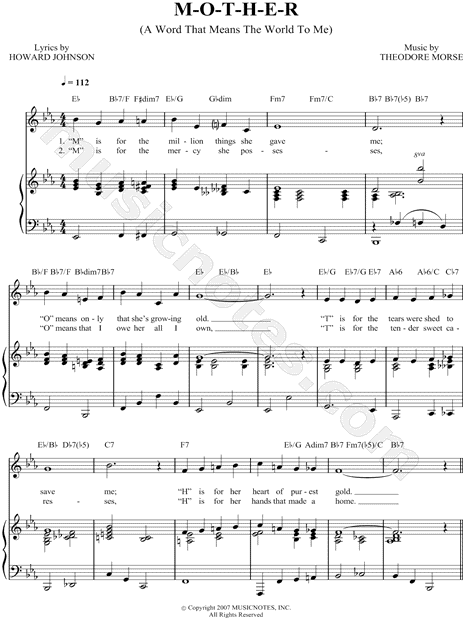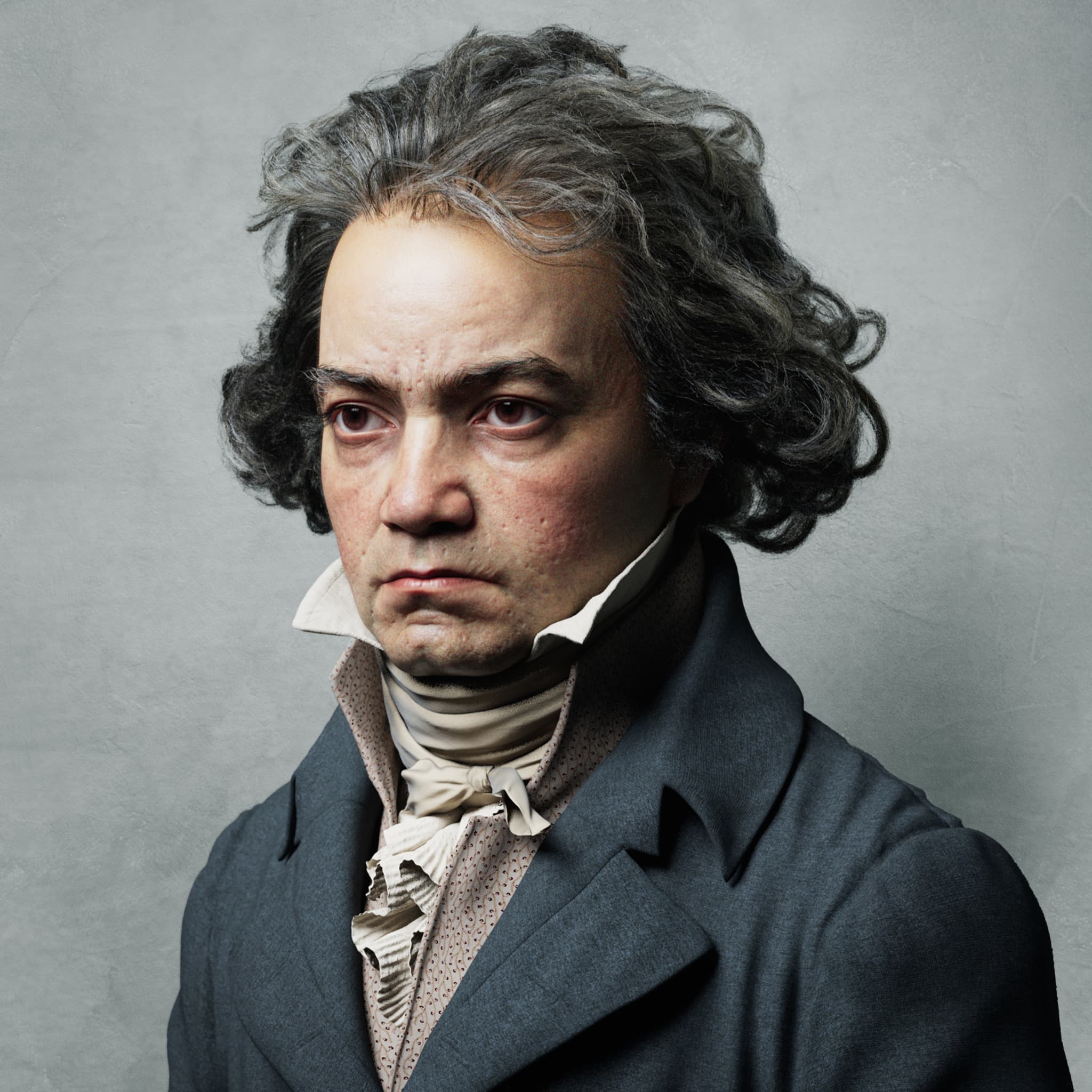It’s a drizzly, wet, gray Saturday morning in Columbus, Ohio, with temperatures in the low 50s–which is about part for the course the Midwest in March. It’s not exactly the kind of day that encourages you to get outside and do anything. On the other hand, it’s ideal for staying indoors, listening to music, and trying to get caught up on checklist items that have languished during the work week.
On days like this, I like listening to Mozart. This morning, I am enjoying an excellent recording of Mozart piano sonatas by Orli Shaham. It’s ideally suited for a damp day. The pieces are bright, tuneful, and interesting yet calming–the kind of music that helps you focus as you tackle the tasks on your to-do list.
Years ago, back in the CD era, I had a CD called Mozart for the Morning Commute that featured music designed to keep you alert as you navigated the roadways to the office. I wore that CD out. Based on what I’ve read, Mozart was more of an evening person than a morning person, but his music certainly is ideally suited to the morning hours.













